Pickled tea leaves may sound a bit out of the ordinary but not for Southeast Asian chefs. Burma, now known as Myanmar, is an ancient crossroads influenced by the cuisine of bordering Bangladesh, China, Thailand, and Laos. It is here that laphet has become a national dish that is now finding its way to US and European consumers as branded packaged goods.
Listen to the review

Laphet or fermented tea leaf, is used in a salad called the laphet thoke or mixed with rice. The uses of the fermented tea leaves are not limited to salad or a dish.
Cultured Tea Leaves Flavor Many Dishes
By Aravinda Anantharaman
Tea’s popularity is as a beverage, and a versatile one at that. A single plant produces leaves that are processed, blended, flavored, aged, rolled, compressed, bagged, powdered into a product that finds its audience. But tea’s versatility is not limited to the choice it offers as a drink alone. As a green leaf, it’s also an herb but surprisingly this side of tea has yet been tapped to its fullest potential. Except perhaps in Myanmar (formerly Burma) bordering India, Bangladesh, China, Thailand, and Laos. Not surprisingly, tea is also cultivated here, but its most famous rendition is as laphet or fermented tea leaf, used in a salad called the laphet thoke or mixed with rice. The uses of the fermented tea leaves are not limited to salad or a dish. It’s immensely popular in Burmese cuisine – probably the unofficial national dish. It’s said that only the finest leaves of any harvest are used to make lahpet.
Burmese cuisine enjoys fantastic influences, surrounded by countries with culinary wealth. Its popularity may not have reached the levels of say, it’s neighboring Thailand’s cuisine but there’s plenty of offer. Overseas Burmese are now seeing that there is an interest in the lesser known, unexplored cultures of the world, offering an opportunity to promote their own. There are a handful of brands, including Burma Love Foods, a 5-year-old brand from San Francisco whose product range is built on laphet. Besides variations of the dressing, they offer do-it-yourself salad kits which should hold appeal. Myanmar Tea Leaf’s Paline is a homegrown brand producing laphet, said to be the first to brand the product.
“Tea you can eat” is an attractive opportunity for promoters of Burmese cuisine, to take something so familiar as tea but offer it in newer ways, and equally for tea businesses that are looking for deeper cultural connections with tea.
— Aravinda Anantharaman
Share this post with your colleagues.
Signup and receive Tea Biz weekly in your inbox.
Never Miss an Episode
Subscribe wherever you enjoy podcasts:


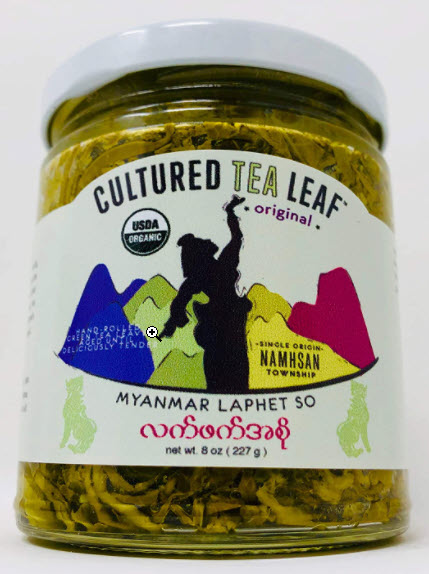
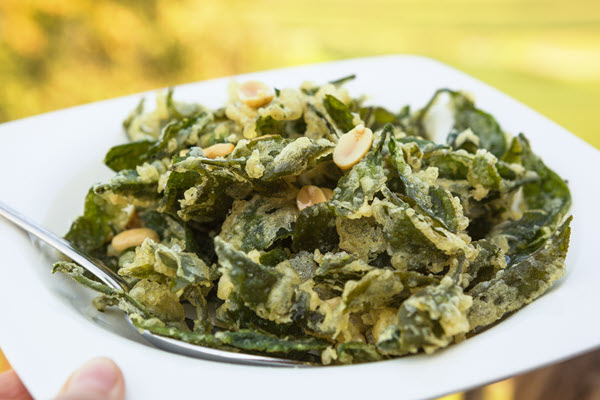
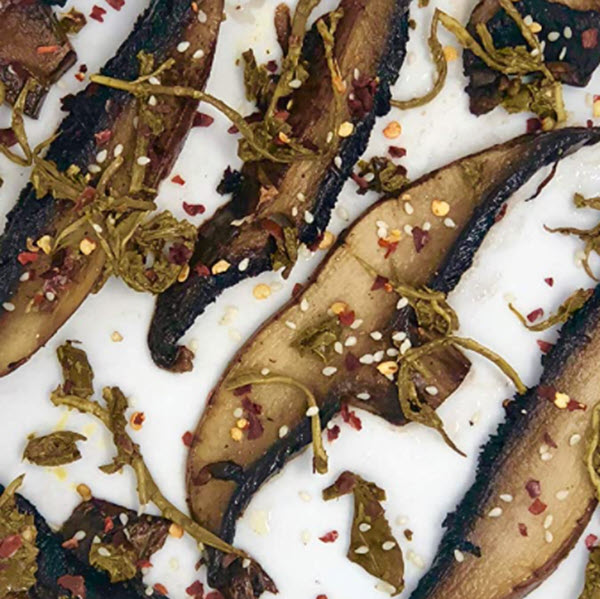
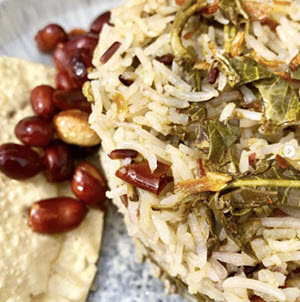
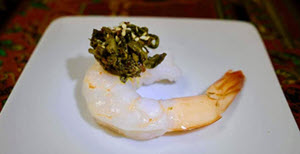

2 responses to “Tea Leaf Cuisine”
Great write Aravinda, congratulations.
Thanks Ranjit, btw, it’s available in Bangalore, did you know?